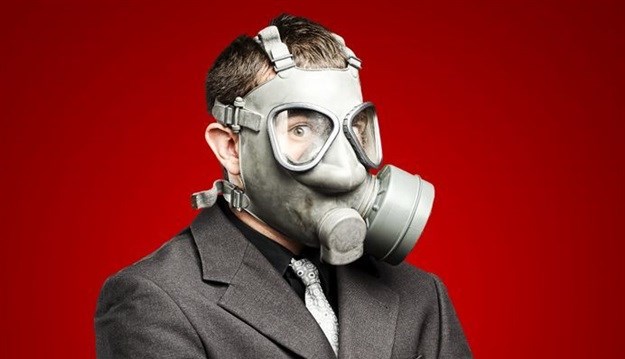






Anne-Marie Pretorius, consultant at Bizmod, says that teamwork is one of the key issues keeping management up at night – specifically the dynamics and complications that can make it toxic.
Anyone who has had the privilege of working in a functioning team can attest to the satisfaction and productive output of team members that are in sync. “If the team works, the most routine or toughest assignments can be enjoyable,” says Pretorius. In a professional context, this does not necessarily mean consistent harmony; many high-functioning teams have healthy tension and conflict patterns.”
High functioning teams have space for debate and disagreement, as long as the established codes of behaviour are followed. These can include, team members being able to air their views but in the same vain they are expected to really listen to other members.
“Mutual respect is usually a core value of such a team, allowing it to navigate conflict and agree on the best way forward.
“However, it may only take one dysfunctional team or team member to create a toxic team environment and a toxic team, as any team, spends a high proportion of its productive time on inter personal dynamics and not on executing the required tasks. We have found that in organisations where toxic teams are allowed to operate there is a negative impact to the bottom line, quality of products or services and the maturity of support services.”
Dysfunction in a team can exist on three levels – leadership, team dynamics and/or on an individual level. To be able to target the dysfunction, the source of the problem needs to be identified, so that it can be determined where the real toxicity is centralised. In truly toxic environments, problems can exist on all three levels and solutions that are more dramatic will be required.
Excellent leadership is required for powerful and well-functioning teams. High functioning teams can quickly descend into dysfunction if an incapable leader takes over. Even a team consisting of talented, dedicated and even-tempered individuals could become dysfunctional if led by an incompetent leader.
Some toxic management practices include:
These behaviours on their own or in combination can create dysfunctional teams. Pretorius says that in this scenario, coaching leadership could resolve the dysfunction but for this to succeed the leader would need to gain insight into how his/her practices are compromising the team. “Rotating leadership can quickly turn the team around, but should the leader remain in the organisation, one might just move the problem to another environment without solving the underlying issues.”
Sometimes dysfunction may occur in the intra-team and inter-team dynamic. This is often prevalent when new teams are formed, or if there is significant movement of team members. In these scenarios, teams remain in perpetual forming and storming phases. Pretorius advises that this can usually be avoided by enforcing some normative discussions in the early stage of team development. Once members understand their underlying differences and strengths, a culture of mutual respect has been created and team goals are set, it allows the team to partially bypass perpetual storming and get to the goal of performing.
Sometimes teams are given so much independence that they may go ‘rogue’ and create a culture internally that supersedes the greater organisational culture. This can sometimes happen to high-functioning teams who are allowed too much freedom. Some case studies in banking and stock trading suggest that these rogue teams tend to ignore corporate governance and at times invest in increasingly risky portfolios. “Essentially even high performing teams exist within a larger organisational eco-system and the ultimate goal is for the organisation to be high–functioning, even if it means curtailment of specific teams.”
Sometimes all it takes is one team member, to perform like a team monster to upset the dynamics. Team monsters tend to exhibit a variety of destructive behaviours, ranging from the mild, such as gossiping, laziness, lack of accountability, to the severely destructive through bullying, backstabbing, sexual harassment and lying. Destructive team members seem to focus much of their energy on how they are being compromised and what is being done to them, as opposed to the work at hand. There may be inappropriate emotional outbursts and team members may feel that they have to deal with the individual carefully in a circumspect manner.
To resolve the situation, Pretorius recommends clearly communicating to the person the consequences of their actions and possibly providing individual or team coaching. In many cases, by just confronting destructive behaviour openly in the team, an environment is created where the bad behaviour is no longer tolerated and has been labelled as unacceptable.
Pretorius concludes, “Working in a team is a natural fit for most individuals, as it is in our composition that the majority of us require close and positive human interaction to function properly.”
For more information, go to www.bizmod.co.za.